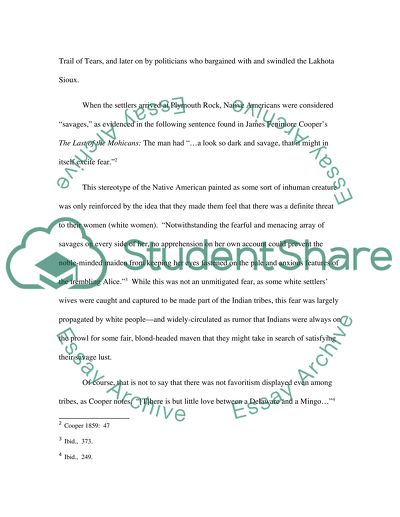Cite this document
(“American Indian and Western Europe on the History, Culture and Essay”, n.d.)
Retrieved from https://studentshare.org/philosophy/1439931-american-indian-and-western-europe-on-the-history
Retrieved from https://studentshare.org/philosophy/1439931-american-indian-and-western-europe-on-the-history
(American Indian and Western Europe on the History, Culture and Essay)
https://studentshare.org/philosophy/1439931-american-indian-and-western-europe-on-the-history.
https://studentshare.org/philosophy/1439931-american-indian-and-western-europe-on-the-history.
“American Indian and Western Europe on the History, Culture and Essay”, n.d. https://studentshare.org/philosophy/1439931-american-indian-and-western-europe-on-the-history.


